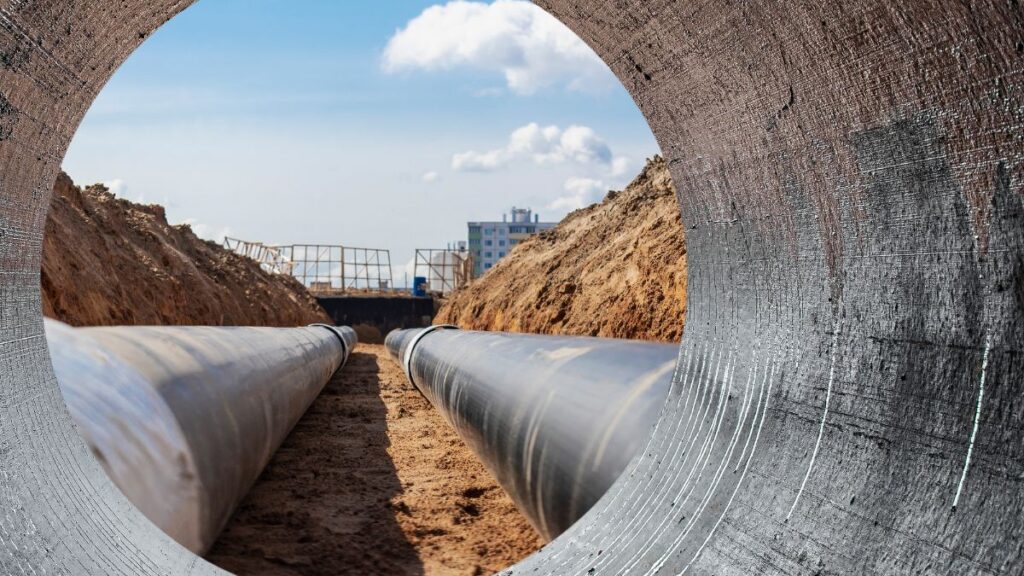
Well-designed maritime infrastructure can enhance coastal communities. For example, dredging harbors accommodates large fishing vessels and cruise ships, while constructing roads facilitates the transportation of shipping containers. These ways inclusive infrastructure improves coastal communities include more than commercial benefits. Recreational boaters and the wider community will also see improvements.
What Is Inclusive Maritime Infrastructure?
Inclusive maritime infrastructure encompasses projects that aim to benefit all stakeholders within a coastal community. Project managers consider the diverse needs of commercial, recreational, and residential users of nautical facilities. The objective is to eliminate barriers that prevent certain groups from accessing and benefiting from these facilities. This creates an environment where everyone, regardless of their labels and abilities, has equal access to services and opportunities.
Economic Impacts of Inclusive Maritime Infrastructure
Maritime infrastructure projects can have a profound economic impact on coastal communities when inclusively designed and executed. They can stimulate local economies by creating jobs in the construction, maintenance, and operation of the facilities.
Improved harbors can attract more fishing boats, larger ships, and more frequent cruise line stops, increasing business opportunities and boosting tourism. By granting all members of the community access to these facilities, inclusive coastal infrastructure promotes social cohesion.
Environmental Impacts of Maritime Infrastructure Projects
Maritime infrastructure projects have positive and negative environmental impacts. On the positive side, constructing eco-friendly maritime structures like green ports can promote sustainable practices in the shipping industry. These ports often use renewable energy sources and implement waste management systems.
On the other hand, these projects can have detrimental effects on the environment. For example, dredging harbors can disturb marine ecosystems and decrease biodiversity. Disposal of dredged material can also cause water pollution. Additionally, increased maritime traffic due to improved infrastructure can worsen noise and air pollution. Project managers must carefully consider the potential environmental impacts of infrastructure changes.
Effects of Climate Change on Infrastructure
Climate change can significantly impact maritime infrastructure. Rising sea levels and increased frequency of severe weather events, like hurricanes and torrential rain, pose substantial risks to ports, harbors, and other coastal installations. These weather events can damage operations and affect coastal regions and inland communities.
Climate change can exacerbate inland weather patterns, leading to increased rainfall and flooding. Extreme weather events can damage roads, bridges, culverts, and railways, disrupting the transportation of goods from coastal ports to inland areas. This can result in supply chain issues, reducing the availability of essential goods and services in many communities. The impacts of climate change on maritime infrastructure have far-reaching consequences that extend beyond coastal areas.
Inclusive maritime infrastructure can improve coastal communities, but choosing an infrastructure project is a complex undertaking. Project managers must weigh the costs and benefits against environmental and economic effects. By addressing the needs of all community members, coastal infrastructure projects can stimulate economic growth, promote social cohesion, and enhance the quality of life for residents.
- What To Bring on the Boat for a Day Trip – February 15, 2024
- International Shipping: How To Safely Transport Liquid – February 9, 2024
- Filtration Solutions for Maritime Applications – February 8, 2024




Leave a Reply